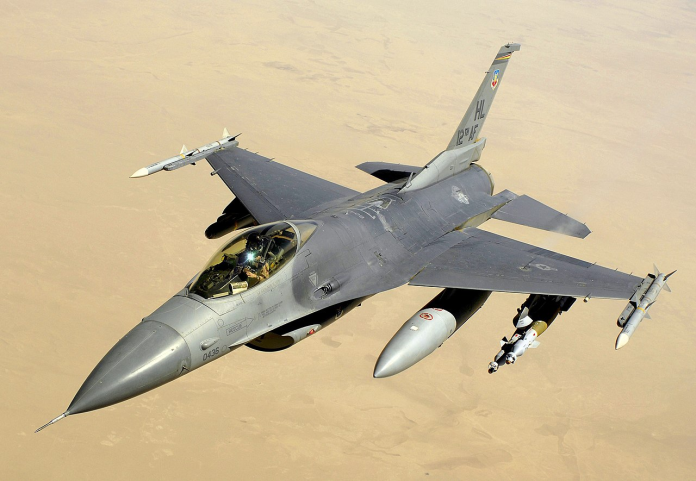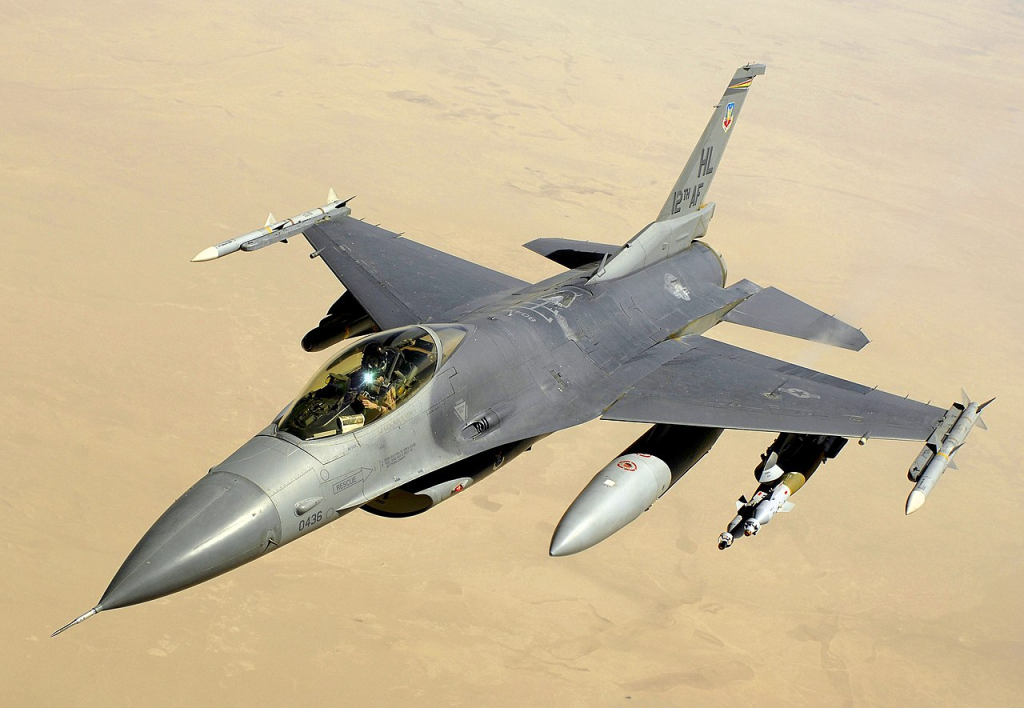
Can a single fighter jet turn Ukraine’s air defense against Russia’s top-tier air threats around? The F-16 Fighting Falcon’s recent battlefield record would indicate otherwise. Within days, Ukrainian pilots flying the aircraft intercepted the majority of Russian Kh-101 cruise missiles in one massive strike, took out a Su-35 fighter plane in a high-priority ambush, and even destroyed Soviet-era Be-12 sea planes in Crimea an historic defeat for Russian naval patrol forces.
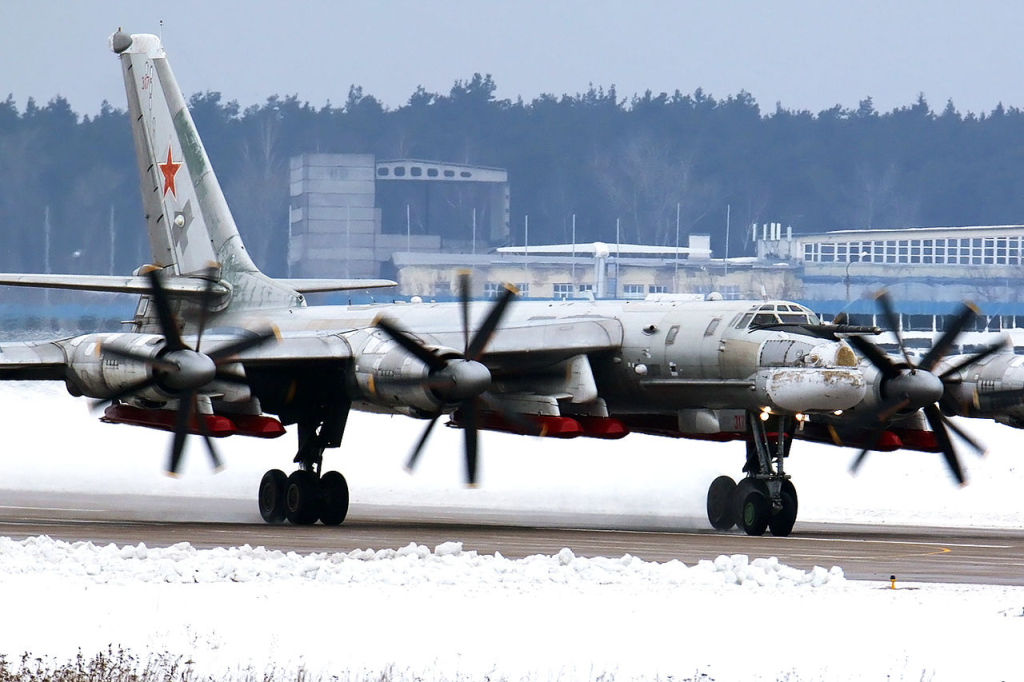
1. Destruction of the Kh-101 Barrage
On September 19–20, 2025, at night, Russia launched an air strike comprising 619 airborne threats: 579 Shahed drones and 40 missiles, from Kh-101 cruise missiles and Iskander-M/KN-23 ballistic missiles. Low-observable Kh-101, with a range of 4,500 kilometers, is intended for high-precision targeting of high-priority targets. Ukrainian F-16s, armed with AIM-9L Sidewinder missiles, destroyed 29 out of 32 Kh-101s. The test demonstrated the F-16’s low-RCS target tracking and detection ability, using its AN/APG-68(V) radar and advanced fire-control systems to combat the missile’s stealth features.
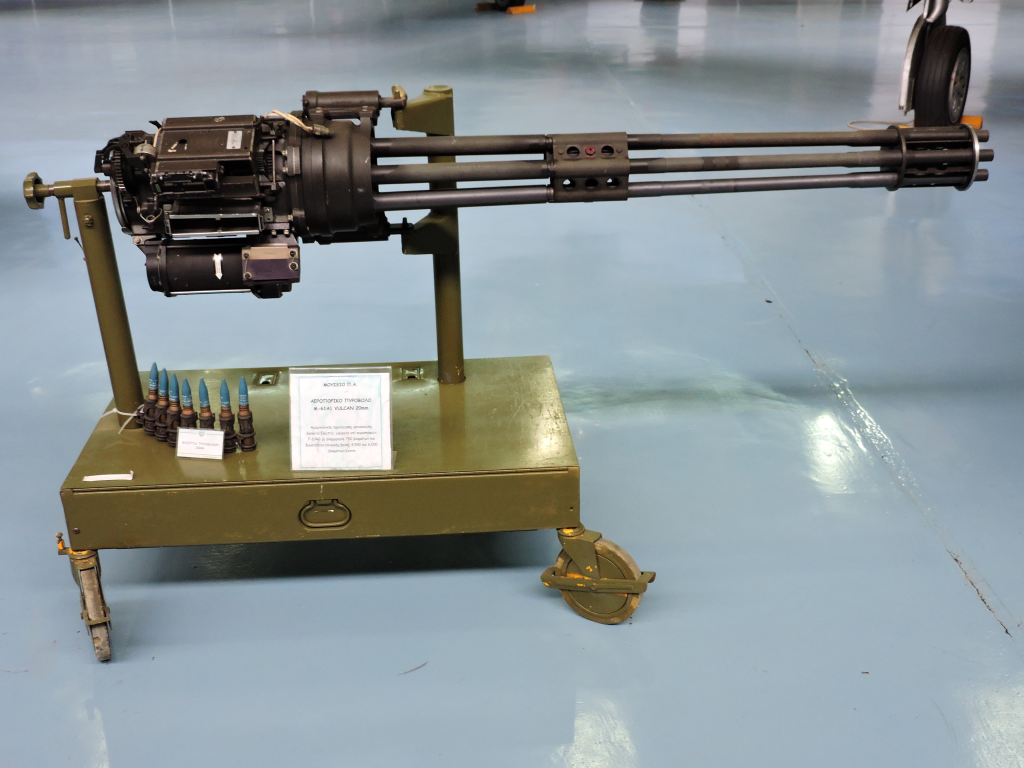
2. Vulcan Cannon Effectiveness against Shahed Drones
Days later, video of an F-16 employing its M61A1 Vulcan 20mm rotary cannon to blast a Shahed drone appeared. The Vulcan’s 6,000 rounds-per-minute rate of fire, combined with the jet’s radar and HUD targeting symbology, allows for accurate engagement of small, slow-moving airborne targets. This strategy prevents the use of expensive AIM-9L missiles priced at hundreds of thousands of dollars to shoot down drones that cost about $20,000, representing a trend toward inexpensive air defense in a budget-constrained war.
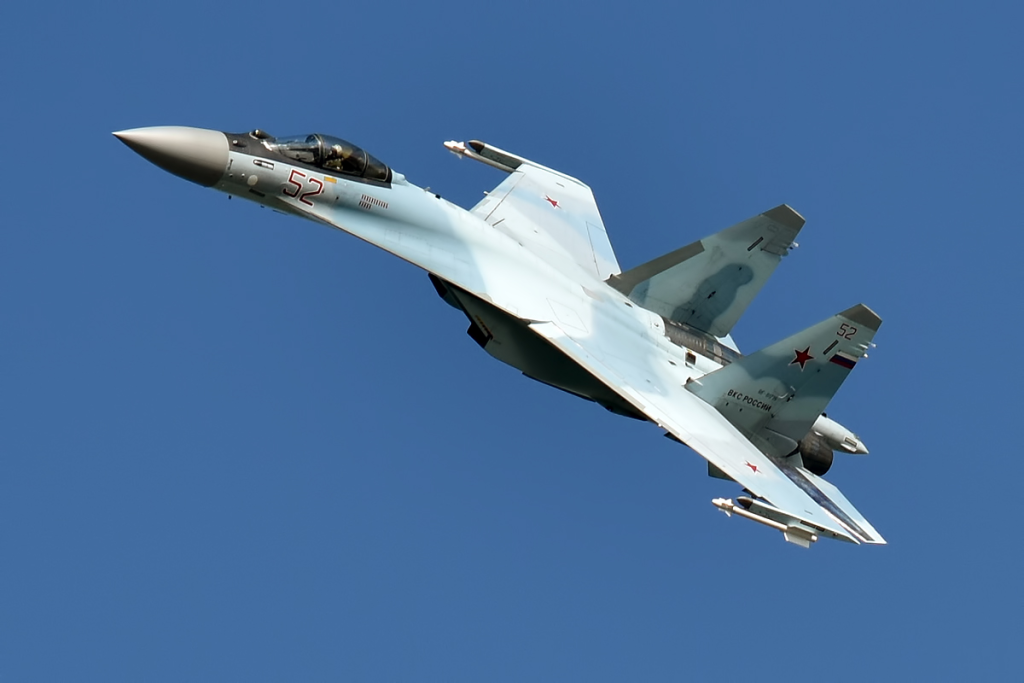
3. The Su-35 Ambush
On the 8th of June 2025, a Russian Su-35S “Super Flanker” was shot down by a Ukrainian F-16 in the Kursk Oblast. The Su-35, equipped with the NIIP N035 Irbis-E radar and capability to carry the long-range R-37 AAM, has a significant BVR advantage. Ukraine neutralized this by acquiring a Swedish Saab 340 AEW&C, whose PS-890 Erieye radar detected the Su-35 at over 200 kilometers. The F-16 pilot, keeping his own radar silent in order to be invisible, closed to within 31 miles before launching an AIM-120 AMRAAM, which struck its target 16 kilometers inside the border. This carefully executed airborne ambush demonstrated how networked sensors could make up for platform vulnerabilities.
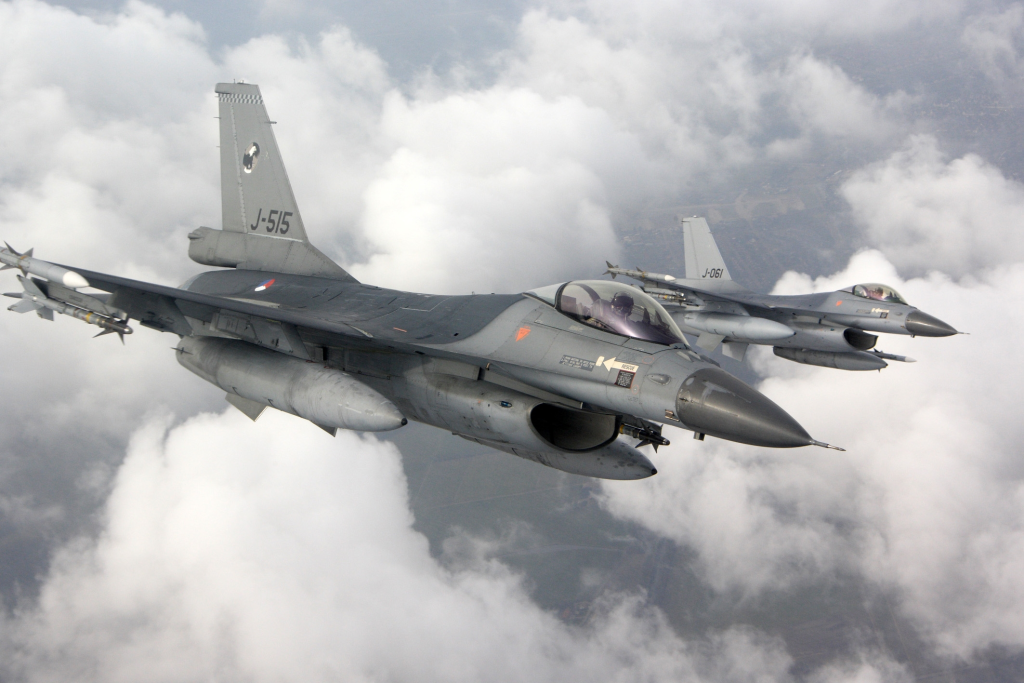
4. Offensive Missions Beyond Air Defense
By March 2025, Ukraine began using F-16s in offensive missions, targeting Russian military installations in Kursk Oblast. Combined with MiG-29s and Su-27s, these sorties utilized the payload potential of the F-16 and availability of Western ordnance such as JDAM glide bombs and Small Diameter Bombs. This enhanced mission capacity reflects a doctrinal shift towards active disruption of Russian operations rather than reactive defense.
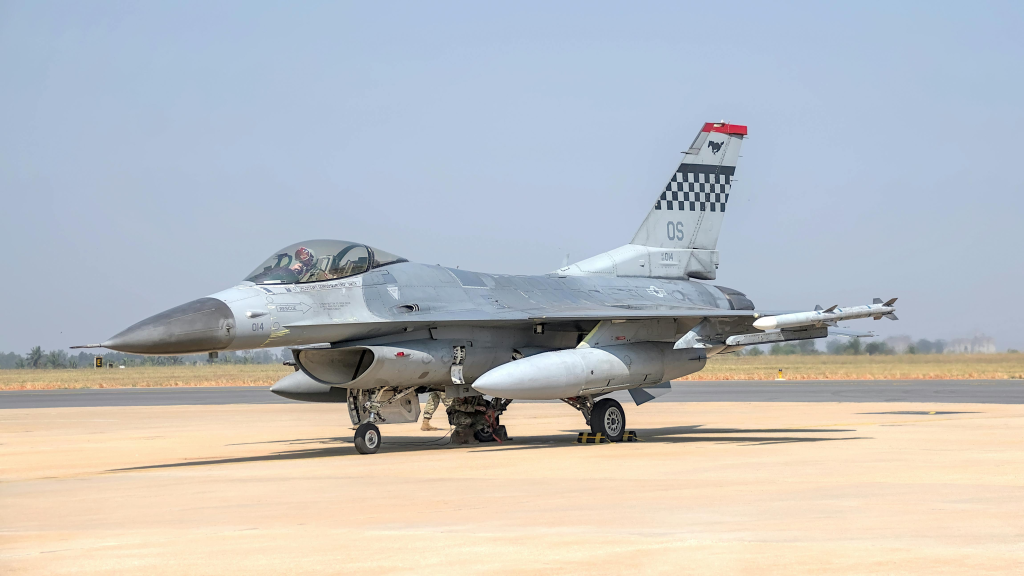
5. Losses and Survivability Measures
Four F-16s were lost by Ukraine since August 2024. While Kyiv attributes most losses to technical breakdown, Russian sources report they were shot down, with bounties paid to participants. In an attempt to alleviate ground vulnerability, Ukraine’s Ministry of Defense created mobile maintenance and operations modules that enable rapid relocation and reduce exposure to missile attack.
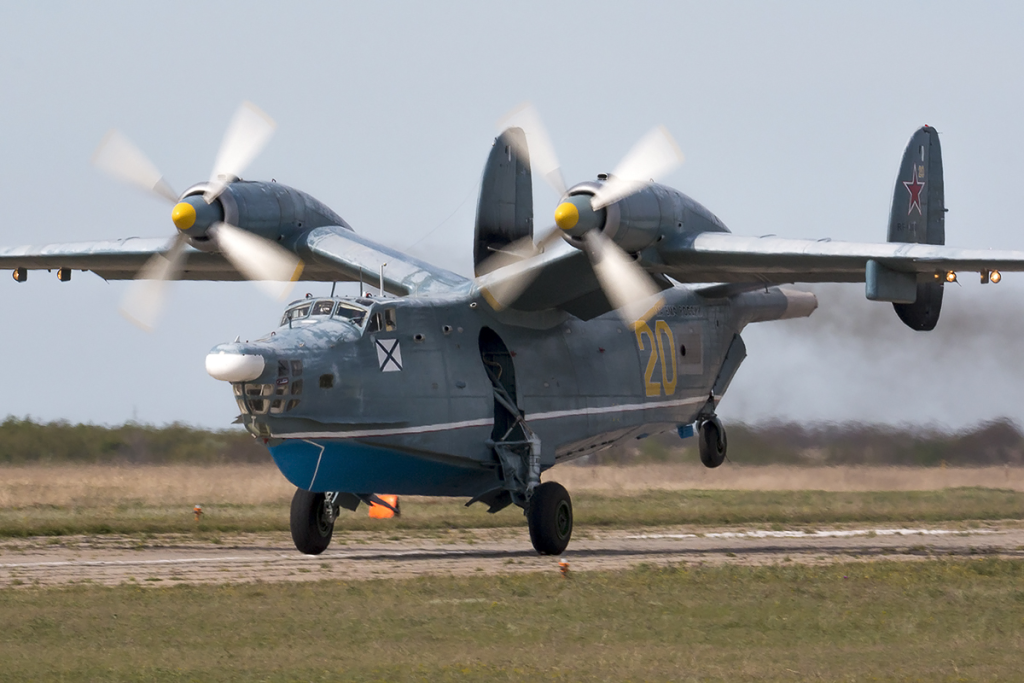
6. The Be-12 Strike in Crimea
On 21 September, the Ukrainian drones crippled two Russian Be-12 “Chaika” amphibious aircraft at Kacha Air Base, the first-ever such loss. The Be-12 twin Ivchenko AI-20D turboprop-propelled ship with a 4,000 km range has seen service in anti-submarine warfare, maritime patrol, and most recently, anti-Ukrainian uncrewed surface ship detection. With no more than four or five airworthy examples before the attack, the operation effectively halved Russia’s operational fleet.
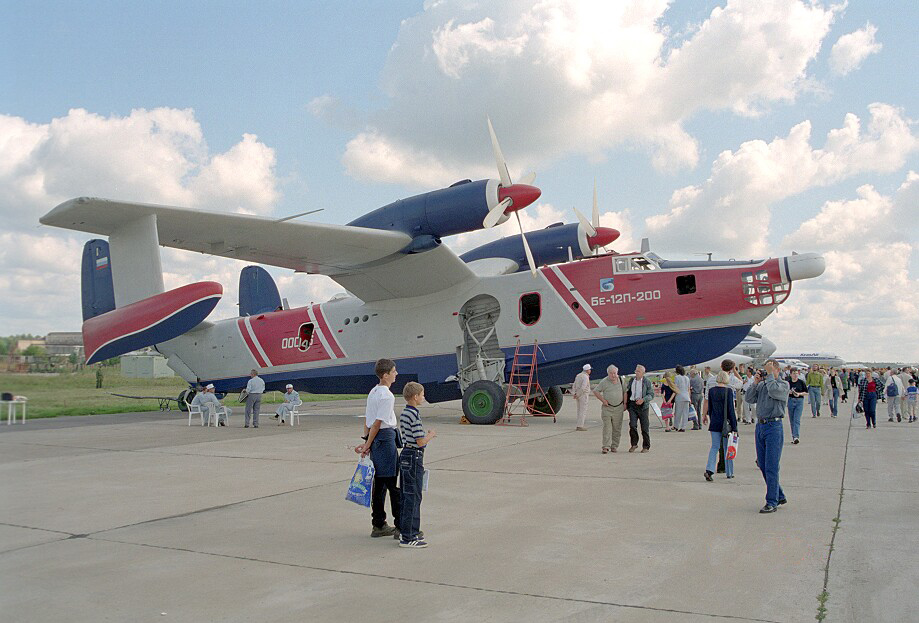
7. Be-12’s Engineering Legacy
Its gull-wing design, retractable wheels, and amphibious nature made it functional on land and in water. Its MAD tail boom and nose-mounted search radar provided primitive situational awareness for ASW mission capabilities. Although technologically outdated, its versatility kept it flying for decades. Loss of two airframes not only reduces patrol coverage but also reduces availability of spare parts, accelerating obsolescence.
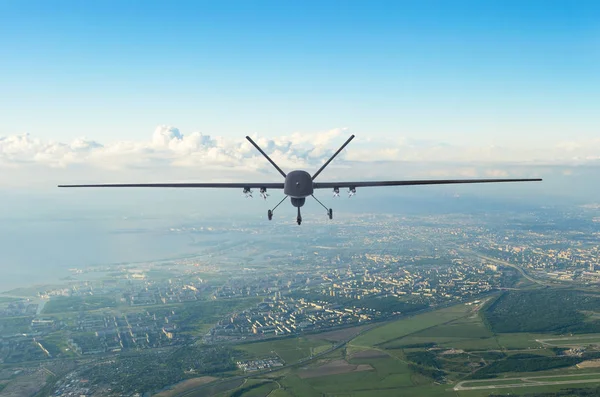
8. Joint Air and Drone Warfare Strategic Impact
The joint impact of accurate drone strikes and Ukraine’s modern fighters is revolutionizing the battlespace. F-16s intercept high-speed, high-altitude threats, while drones target air resources on the ground and at sea. The multi-layered approach forces Russia to disperse forces, invest in hardened shelters, and modify patterns of operation diluting offensive power.
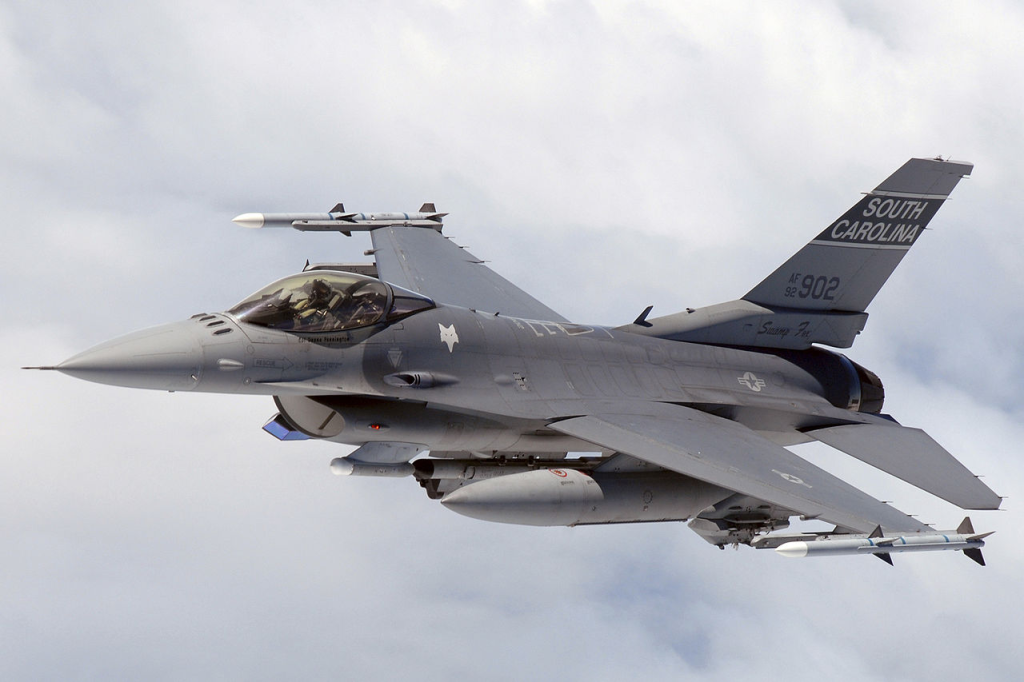
Ukraine’s recent campaigns show a convergence of Western fighter technology, sensor networks combined, and advanced drone warfare. The applicability of the F-16 from missile intercept to air-to-air strikes and the precision of unmanned systems is tipping the scales in the air above Ukraine and the Black Sea.
